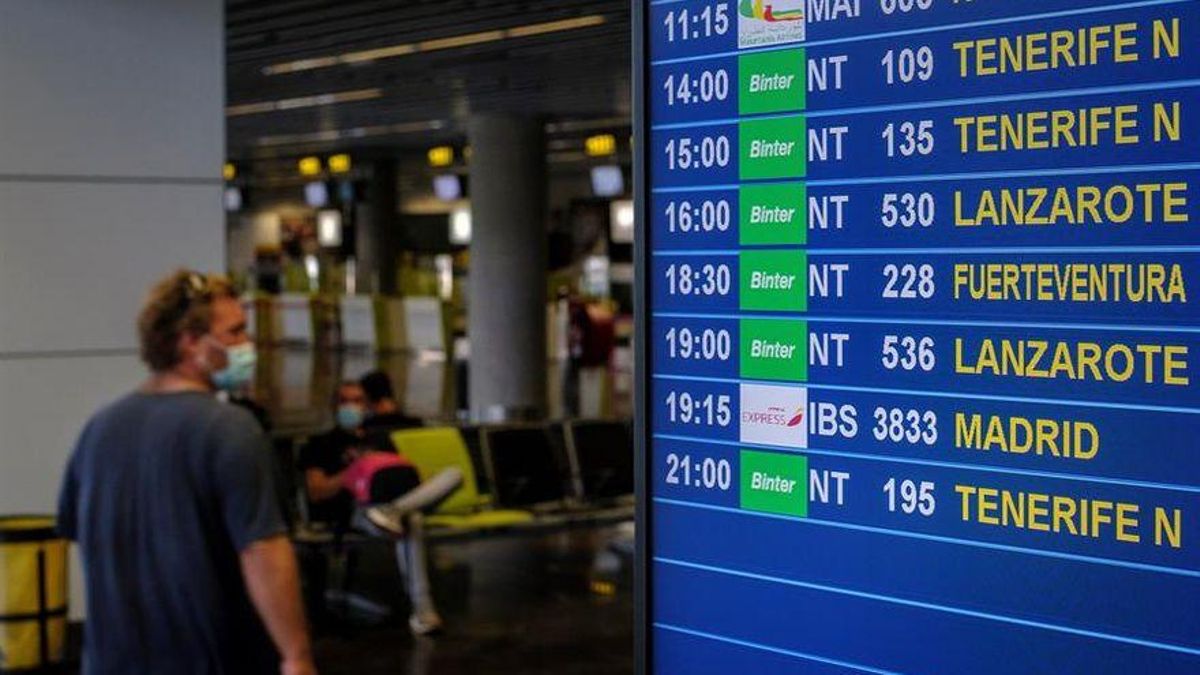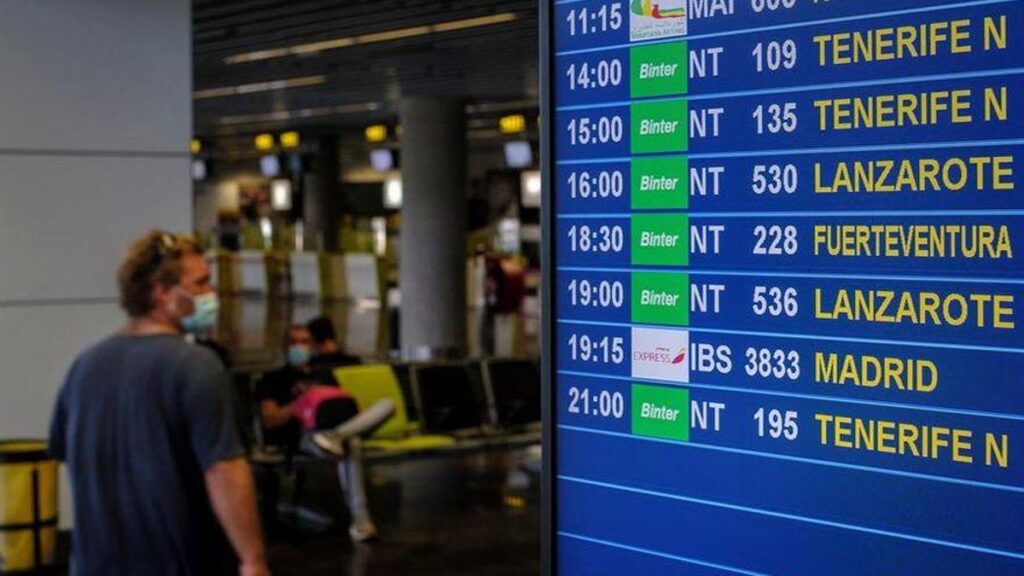Canary Islands tourism soars with 10.5 million visitors
The Canary Islands continue to solidify their status as a premier travel destination, welcoming a staggering 10.5 million international passengers in the first eight months of this year. According to data released by Turespaña, this figure represents a robust 4.9% increase compared to the same period in 2023 and accounts for a significant 13.9% of Spain’s total international air travel market share.
Low-cost carriers drive passenger growth
A key driver of this growth has been the low-cost airline sector, which transported 6.4 million passengers to the archipelago—a notable 7.7% year-on-year increase. Traditional airlines also saw growth, albeit more modest, bringing an additional 4 million passengers, which is a 0.7% rise. The summer month of August was particularly strong, with the islands receiving 1.2 million international visitors, a 4.5% jump from the previous year.
Gran Canaria and Tenerife lead airport arrivals
Breaking down the numbers by airport, Gran Canaria Airport led the way from January to August, handling 1.4 million passengers. It was closely followed by Tenerife South Airport, which welcomed 1.3 million passengers, marking a 1.2% increase.
Spain’s national tourism landscape
This growth is part of a broader national trend. Spain as a whole surpassed 75 million international air passengers by August, a 5.9% increase. August alone saw 11.7 million passengers arriving in the country, a 5.4% annual rise. The recovery is not limited to traditional markets; there is a notable diversification with significant growth from Asian markets like China, South Korea, and Japan. Substantial increases were also recorded from Latin American countries such as Brazil, Argentina, and Colombia.
Key source markets and their preferred destinations
The UK remains Spain’s largest source market, emitting 2.7 million passengers who accounted for 23.2% of all arrivals—a 3.9% annual advance. The Balearic Islands were the top destination for British tourists (27.4%), with the Canary Islands coming in a strong second, capturing 20.7% of this market.
Germany was the second-largest source, with 1.6 million passengers (13.3% of the total) and a slight 1.8% increase. An overwhelming 46.5% of German travelers chose the Balearic Islands. Italy contributed 10.4% of the passenger flow in August, or 1.2 million people, registering a healthy 6.8% growth. The Community of Madrid and Catalonia jointly attracted 52.3% of Italian arrivals.
France, which provided 7.1% of total passengers, saw a slight dip of 0.7%. Finally, arrivals from the Netherlands represented 4.3% of the total and experienced a strong 6.1% increase, with travelers heading primarily to Catalonia and the Valencian Community.
Regional performance across Spain
In August, Spain’s six main autonomous communities—Madrid, Catalonia, the Balearic Islands, the Canary Islands, Andalusia, and the Valencian Community—accounted for a massive 97% of all international arrivals. All recorded increases, with the Valencian Community seeing the most intense growth at 9.8%, while the Balearic Islands had the most moderate at 2.8%.
Spain’s busiest airports in August
Adolfo Suárez Madrid-Barajas Airport was the busiest hub in August, receiving 2.3 million arrivals—a 5.2% increase. It was followed by Barcelona Airport with 2.1 million international passengers (a 7% rise) and Palma de Mallorca Airport with 1.8 million arrivals (a slight 3% annual increase). However, the award for the highest year-on-year growth goes to Alicante Airport, which saw a impressive 10% more arrivals than in August of the previous year.


